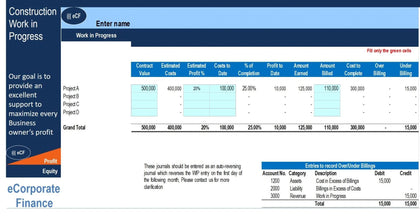General Mobile Application (App) 5-Year Model: Includes Freemium Logic and In-App Purchases
Latest Updates: monthly and annual three statement model added as well as a capitalization table.
Video Tutorial:
Building a financial model for a mobile application (app) involves fairly common revenue and expense assumptions. What makes the difference is if your app can result in better conversions and growth metrics then other apps in the same genre. To test out what kind of assumptions will get you there, this template was built.
First, you have to identify how traffic and resulting downloads happen. There are a few ways this can happen:
Running ads and then based on a CPA, you can define how much of that traffic converts to a download
Organic search traffic and a percentage of those views that convert to a download.
From those sources of downloads, you then have logic in this model to account for a percentage of downloads that are ‘free’ users and the remaining will pay to have ads removed. This is the first revenue stream and where the term ‘freemium’ is usually derived from.
These users could then possibly buy things called in-app purchases or potentially pay for monthly services as long as that user cohort exists. All of that is taken into account. You can configure the percentage of users that will participate in in-app purchases and up to five category types of purchases therein.
The final piece of customer logic is the retention rate of the average user (how long the average user will spend on the app before becoming stagnant or never using the app again).
After this, general cost schedules allow for the planning of operating expenses and startup/future capex. Everything is then aggregated together to produce a financial forecast and project level as well as investor and owner level cash contributions / distributions as well as a potential terminal value on the exit month if so desired.
Logic exists for all of the dynamics above on a 5-year timeframe. Final reports include a monthly and annual pro forma detail that shows users by pool and revenue by type and goes down to EBITDA, cash flow, and key metrics. There is also a DCF Analysis for both project and owner/investor equity.
Key metrics include:
CaC
LTV (total and gross)
LTV to CaC Ratio (total and gross)
Months to pay back CaC
Average revenue per user per month
Visualizations were included for all of these metrics as well





















































